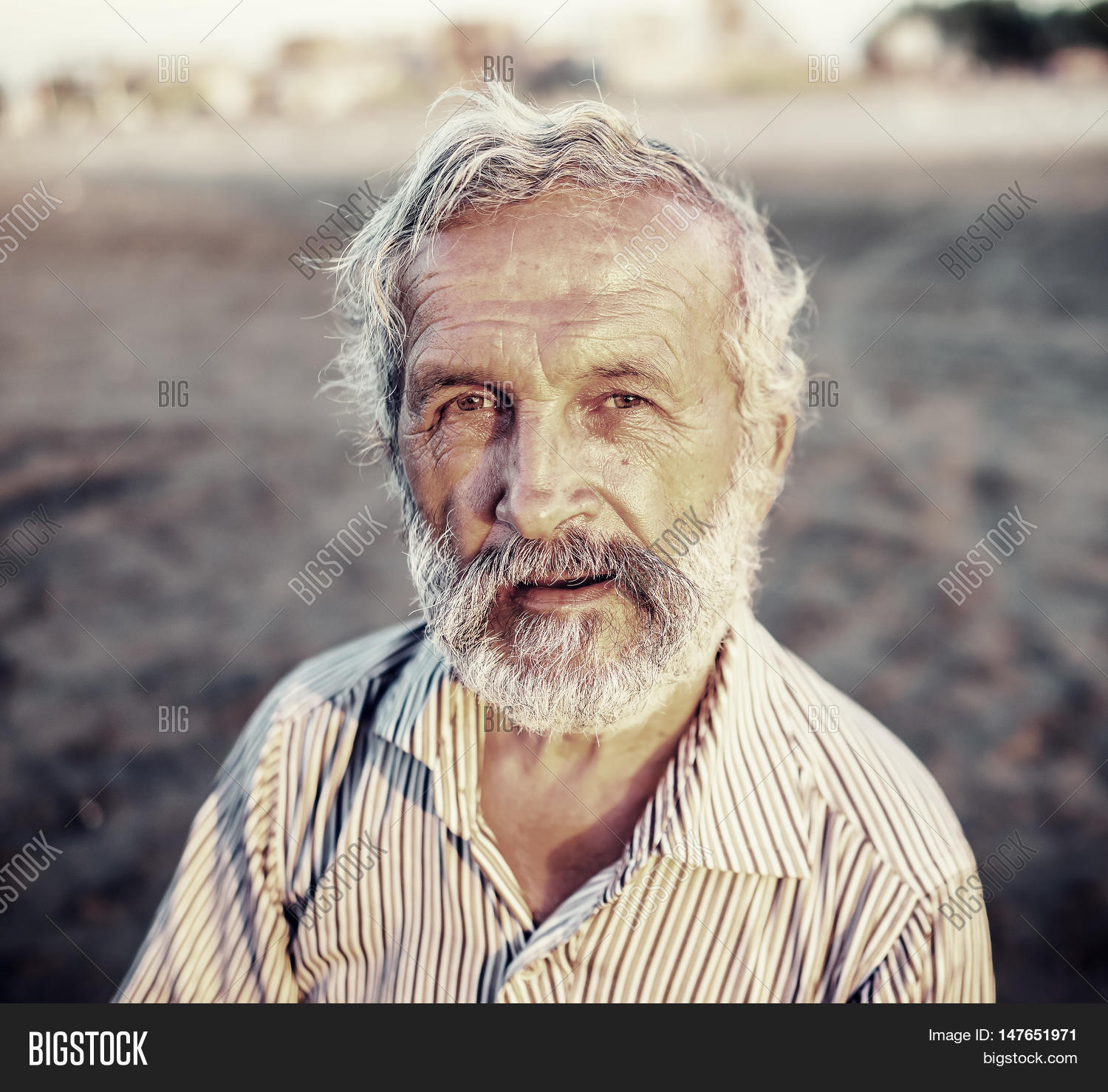DIY Pool Water Warming: Complete Guide to Heating Your Pool Affordably
Understanding pool water temperature basics
Pool water temperature straight affect your swimming comfort and pool usage. Most swimmers prefer water temperatures between 78–82 ° f for recreational swimming. Without proper heating, natural water temperatures frequently fall below comfortable levels, specially during cooler months or in shade areas.

Source: alamy.com
Water lose heat through evaporation, conduction, convection, and radiation. Understand these heat loss mechanisms help you choose the virtually effective DIY warming methods for your specific situation.
Solar pool heating solutions
DIY solar pool heaters
Solar heating offer the virtually cost-effective long term solution for warm pool water. You can build effective solar heaters use promptly available materials.
Black garden hoses create simple solar heaters. Coil 100 200 feet of black hose in a sunny area near your pool. Connect one end to your pool’s return line and the other to the skimmer or pump intake. The black material absorbs solar energy, heating water as it circulate through the coils.
Solar collector panels provide more efficient heating. Build collectors use black corrugate roofing panels, clear polycarbonate covers, and insulation. Mount these panels on your roof, fence, or ground mount racks face southward for maximum sun exposure.
Solar pool covers and blankets
Solar pool covers serve dual purposes: they capture solar energy during the day and prevent heat loss at night. These covers can raise water temperature by 10 15 ° f while reduce evaporation by up to 95 %.
Bubble cover work like greenhouse glass, trap heat while allow sunlight to penetrate. Liquid solar covers offer an alternative for pools with complex shapes or automatic covers. These biodegradable compounds form a microscopic layer on the water surface, reduce evaporation and heat loss.
Wood fired pool heating systems
Wood fire heaters provide powerful, cost-effective heating for pools. These systems use promptly available firewood to generate substantial heat output.
Build a wood fire heater use a steel drum, copper coil, and basic plumbing connections. Install a copper coil inside the drum, connect it to your pool’s circulation system, and build a firebox underneath. This setup can heat pools rapidly and maintain comfortable temperatures flush in cold weather.
Outdoor wood boilers offer more sophisticated heating solutions. These units burn wood expeditiously while transfer heat through closed loop water systems. Though require higher initial investment, they provide consistent, controllable heating for larger pools.
Heat pump and electric solutions
DIY heat pump installation
Heat pumps extract warmth from ambient air, make them efficient heating solutions in moderate climates. While purchase a heat pump require investment, DIY installation save significant money compare to professional installation.
Choose heat pumps size befittingly for your pool volume. Calculate your pool’s gallon capacity and select units with adequate BTU output. Most residential pools require 75,000 125,000 BTU capacity depend on size and climate.
Install heat pumps on level concrete pads with adequate clearance for airflow. Connect electrical supply accord to manufacturer specifications and local codes. Plumb the unit into your pool’s circulation system after the filter but before any chlorination equipment.
Electric resistance heaters
Electric heaters provide reliable, controllable heating but operate with higher energy costs than heat pumps. These units work wellspring for smaller pools, spas, or supplemental heating applications.
Immersion heaters offer portable heating solutions. These units plug into standard electrical outlets and heat water direct through submerge elements. While suitable for small pools or quick heating sessions, they consume significant electricity for continuous operation.
Passive heating techniques
Pool location and design
Strategic pool placement maximize natural solar gain. Position pools to receive maximum daily sunlight while provide windbreaks to reduce heat loss from evaporation and convection.
Dark pool surfaces absorb more solar energy than light color surfaces. If renovate your pool, consider darker plaster, tile, or liner colors to increase passive solar heating.
Pool depth affect heating efficiency. Shallower areas warm fasting than deep sections. Design or modify pools with varying depths, include shallow sun shelves that warm rapidly and transfer heat to deeper areas through circulation.
Windbreaks and enclosures
Wind accelerate heat loss through evaporation and convection. Install windbreak use fencing, landscaping, or temporary barriers to reduce wind exposure.
Pool enclosure trap warm air and create greenhouse effects. Build simple enclosures use PVC pipe frames cover with clear plastic sheeting. These temporary structures importantly reduce heat loss during cooler periods.
Water circulation and heat distribution
Proper circulation ensure flush heat distribution throughout your pool. Optimize your circulation system to maximize heating efficiency from any heat source.
Run circulation pumps during peak heating hours to capture maximum solar gain. Time pump operation to coincide with your heating system’s peak output, whether solar, wood fire, or electric.
Install additional return lines to improve circulation patterns. Poor circulation create hot and cold spots, reduce overall heating efficiency. Add return fittings in areas with poor circulation to ensure flush temperature distribution.
Heat retention strategies
Prevent heat loss prove as important as generate heat. Implement multiple heat retention strategies to maximize your heating system’s effectiveness.

Source: wallpapers.com
Cover your pool whenever not in use. Any cover reduce heat loss, but insulated covers provide superior performance. Automatic covers offer convenience while provide excellent heat retention.
Insulate pool walls and plumbing to reduce conductive heat loss. Apply foam board insulation to above ground pool walls or around plumb lines. Underground pools benefit from perimeter insulation during construction or renovation.
Cost-effective heating combinations
Combine multiple heating methods for optimal performance and cost-effectiveness. Solar heating provide economical daytime warming, while auxiliary systems maintain temperatures during cloudy periods or cool nights.
Use solar covers with any heating system to reduce operational costs. Covers prevent heat loss when heating systems aren’t operated, reduce the energy requiremaintainingn comfortable temperatures.
Install timers and thermostats to optimize heating system operation. Automatic controls prevent overheat while ensure adequate warmth when needed. Smart controls can integrate multiple heating systems for maximum efficiency.
Maintenance and safety considerations
Regular maintenance ensure safe, efficient operation of DIY pool heating systems. Inspect all connections, electrical components, and safety devices regularly.
Wood fire systems require proper ventilation and fire safety precautions. Install systems by from combustible materials and maintain adequate clearances. Keep fire extinguishers nearby and ne’er leave fires unattended.
Electrical systems must comply with local codes and safety standards. Use FCI protection for all electrical connections near water. Have electrical work inspect by qualified professionals when require by local regulations.
Troubleshoot common issues
Inadequate heating oftentimes result from undersized systems or poor circulation. Calculate your pool’s heating requirements accurately and ensure adequate circulation flow rates.
Uneven heating indicate circulation problems or inadequate mixing. Add circulation boosters or adjust return line positioning to improve water movement throughout the pool.
High operating costs suggest inefficient operation or excessive heat loss. Evaluate your heat retention strategies and optimize heating system operation schedules.
Seasonal optimization
Adjust heating strategies base on seasonal conditions and usage patterns. Spring and fall require different approaches than summer heating needs.
Prepare heating systems before swimming season begin. Clean solar collectors, service mechanical equipment, and test all controls before peak usage periods.
Winterize heating systems in climates with freeze temperatures. Drain water from exposed piping and protect equipment from freeze damage. Decent winterize systems concluding yearn and perform good when restarted.
DIY pool heating combine creativity, practical skills, and understanding of heat transfer principles. Whether you use solar energy, wood fire systems, or electric heaters, successful pool warming require match heating capacity to your pool’s needs while implement effective heat retention strategies. Start with simple solutions like solar covers and basic solar heaters, so expand your system as experience and budget allow. Proper planning, installation, and maintenance ensure years of comfortable swimming at affordable operating costs.



